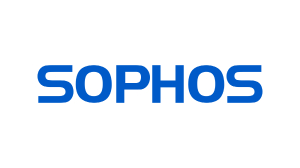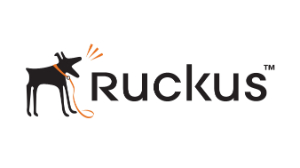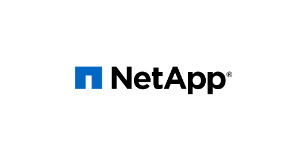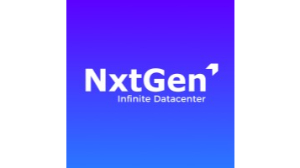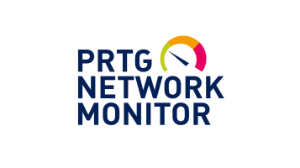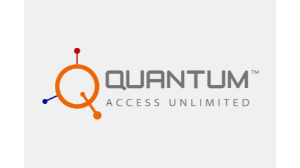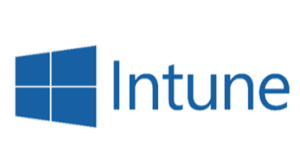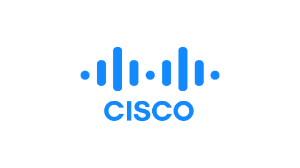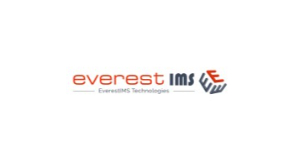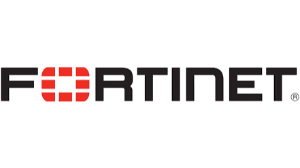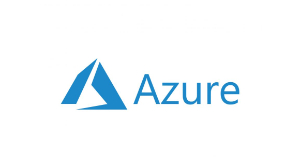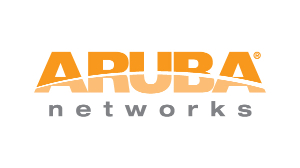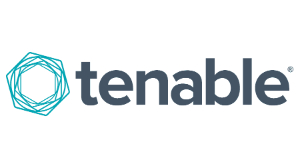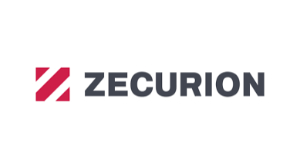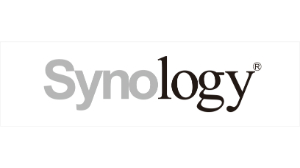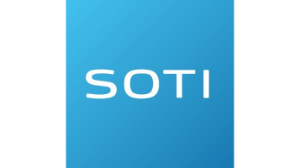
Quick Enquiry
A Security Information and Event Management (SIEM) solution is a comprehensive security platform that provides real-time monitoring, detection, analysis, and response to security events and incidents across an organization’s IT infrastructure. SIEM systems aggregate data from various sources, such as logs, network traffic, and endpoint activities, to provide a holistic view of an organization’s security posture. Here are the key features and components of a SIEM solution:
- Data Collection: SIEM systems collect and aggregate logs and data from various sources, including network devices, servers, endpoints, applications, firewalls, intrusion detection systems (IDS), intrusion prevention systems (IPS), and more.
- Normalization and Parsing: Collected data is normalized and parsed into a standardized format, making it easier to correlate and analyze events across different sources.
- Event Correlation: SIEM systems correlate events and data from different sources to identify patterns, anomalies, and potential security incidents. This helps in detecting complex attacks that might involve multiple stages and systems.
- Real-Time Monitoring: SIEM solutions offer real-time monitoring of security events, allowing organizations to promptly detect and respond to threats as they occur.
- Alerting and Notifications: SIEM systems generate alerts and notifications based on predefined rules and thresholds. Security teams receive notifications for suspicious activities or policy violations that require attention.
- Incident Detection: By analyzing events and applying correlation rules, SIEM solutions can detect a wide range of security incidents, including unauthorized access, data breaches, malware infections, and more.
- Behavioral Analysis: Some advanced SIEM solutions employ behavioral analysis and machine learning to identify deviations from normal patterns of user and system behavior, helping to detect insider threats and advanced attacks.
- Threat Intelligence Integration: SIEM systems integrate with external threat intelligence feeds to provide information about known malicious indicators and tactics used by attackers.
- Dashboards and Reports: SIEM solutions offer customizable dashboards and reporting capabilities that provide insights into the organization’s security posture, threat landscape, and compliance status.
- Forensic Analysis: SIEM solutions enable forensic investigations by providing historical data and contextual information to understand the timeline and impact of security incidents.
- Compliance Management: SIEM systems help organizations comply with various regulatory requirements by providing audit trails, reports, and documentation of security activities.
- Automation and Orchestration: Many SIEM solutions integrate with security orchestration and automation platforms (SOAR) to streamline incident response workflows.
- Data Retention: SIEM solutions store logs and data for a specified period, allowing organizations to conduct historical analysis and meet legal and compliance requirements.
- Integration with Other Security Tools: SIEM systems often integrate with other security tools and technologies, such as intrusion detection systems, firewalls, endpoint protection, and vulnerability scanners.
SIEM solutions play a crucial role in helping organizations manage and respond to security threats effectively. They enable proactive monitoring, incident detection, and response, which are essential in today’s complex and dynamic cybersecurity landscape.
Our Proud Partners
